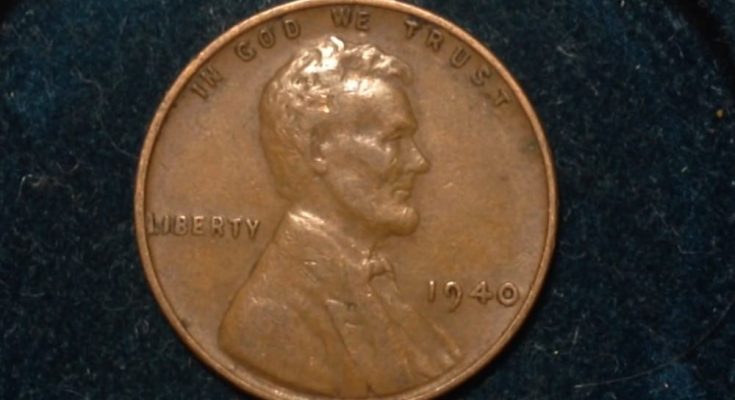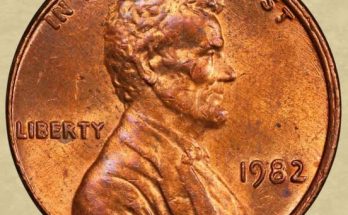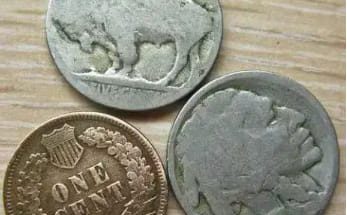The 1940 Wheat penny is made from 95% copper and 5% zinc & tin. One without a mintmark is worth between $0.15 and $1. This coin’s exact value is determined by its current condition and rarity. Some 1940 Lincoln proof pennies go for $25 or more. In 2006, a 1940 Lincoln penny in mint state 68 Red was sold for $14 950, as per information from the Coin Value Lookup.
This guide discusses the 1940 Wheat penny. Read on to know more about its history, features, and factors that affect its worth.
What is the 1940 Penny?
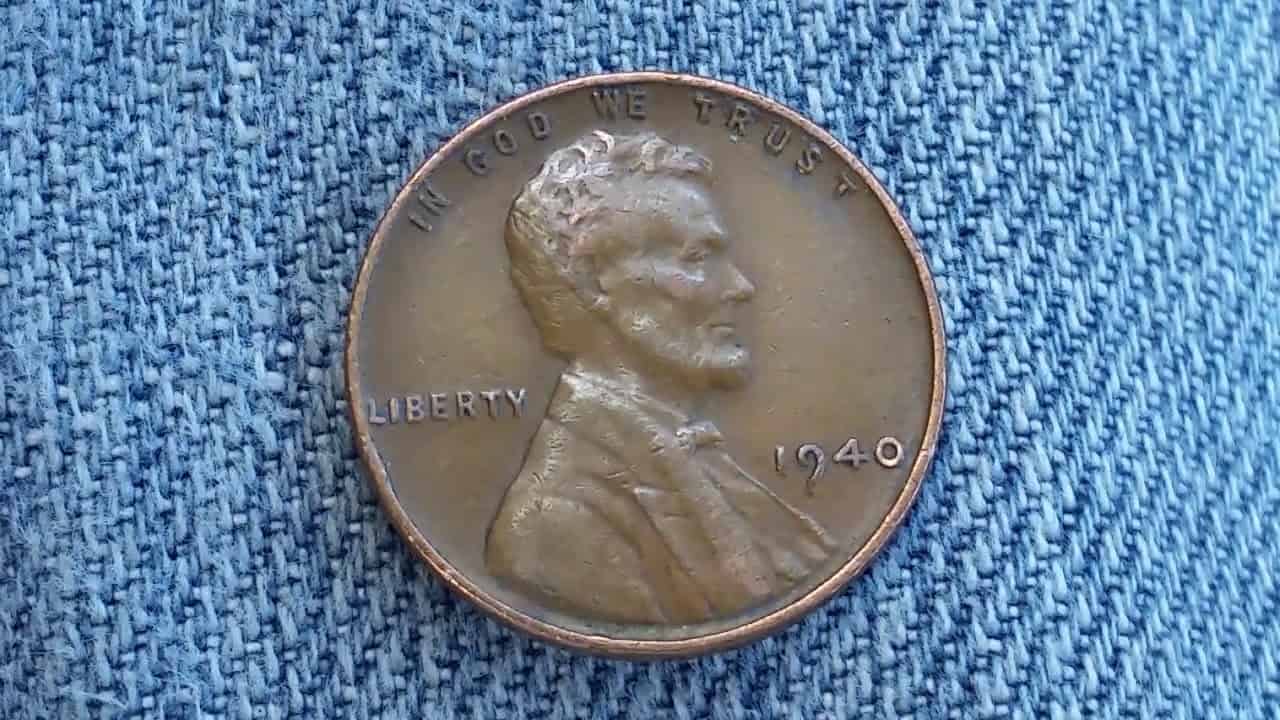
The 1940 Wheat Penny is a collectible cent that Victor Brenner designed. He was commissioned to do so in 1909 when the US needed a viable penny design to replace the previously used Indian Head cent. Brenner chose this specific design because he wanted to appreciate great leaders and the US’ humble beginnings.
History
The 1940 Wheat pennies were some of the most minted coins in US history. The US produced them at three of its mints: Philadelphia, Denver, and San Francisco. They came with three metals: copper, tin, and zinc, with their copper composition being the highest.
Mint
586,810,000 1940 pennies were minted at the Philadelphia mint. These did not have any mint marks engraved on them. This mint also made over 15,000 proof specimens of this coin. Today, it’s somewhat hard for anyone to find them unless they visit estates or collections. Most 1940 proof coins look pretty decent.
At the San Francisco mint, 112,940,000 1940 Wheat pennies with the “S” mintmark were produced. Most collectors like these 1940 S coins better when they have a brown or light tan coloring without any dark areas to make them less appealing.
Then, the Denver mint minted 81,390,000 1940, which bore the mintmark “D.” Those hoping to sell these coins should take care of them because their letterings make it easier for older coins to accumulate dirt. The more unattractive they are, the less money they’re likely to bring in.
Reason for Minting
Generally, the Lincoln Wheat Penny was produced to celebrate the 100th birthday of Abraham Lincoln, the United States’ 16th president. This was the nation’s first coin to feature a president’s image.
The production of 1940 Wheat pennies was also fueled by the improvement of the US economy that year. The nation was recovering from all the financial problems of the Great Depression, prompting the US to increase coinage production.
Features of the 1940 Penny

Singling out a 1940 Wheat Penny might not always be a piece of cake, especially if you’re not a coin expert. What should you watch out for? Let’s dive into the main features of this popular coin.
Portrait
The 1940 Wheat penny comes with Abraham Lincoln’s profile. How clear or visible it is will depend on your penny’s current state or newness.
Head and Tail Features
On the head (obverse side) of the 1940 Wheat penny is an image of US President Abraham Lincoln facing right. It’s located right at the center of this coin, and it occupies most of the available space. Directly above his bust is the inscription “IN GOD WE TRUST” and to his left is another that reads “LIBERTY”. 1940 Lincoln pennies made in the Denver and San Francisco mints have the mintmark “D” and “S” on their heads, right below the year “1940”.
The 1940 Wheat penny’s tail or reverse side comes with two wheat stalks to show the nation’s dependence on farming. Between them are two inscriptions: ONE CENT and UNITED STATES OF AMERICA. Then, the Latin phrase “E PLURIBUS UNUM” centers around the 1940 penny’s tail top.
Mint Mark
Most 1940 Wheat pennies were minted at the Philadelphia mint, and they did not feature any mintmark. Others were produced at the San Francisco and Denver mints, and they came with the “S” and “D” mintmarks, respectively. Check this coin’s head to see its mintmark; it’s etched below the date.
Slogans Written on the 1940 Lincoln Wheat Penny
The motto “IN GOLD WE TRUST” is engraved on the obverse side of the 1940 Lincoln penny.
Metals Used
Three metals were used to make the 1940 Lincoln penny: copper (95%) and zinc and tin (5%).
Weight and Dimensions
The total weight of a standard 1940 Wheat penny is 3.11 grams. Its diameter measures 19 mm.
What’s the 1940 Penny Value?
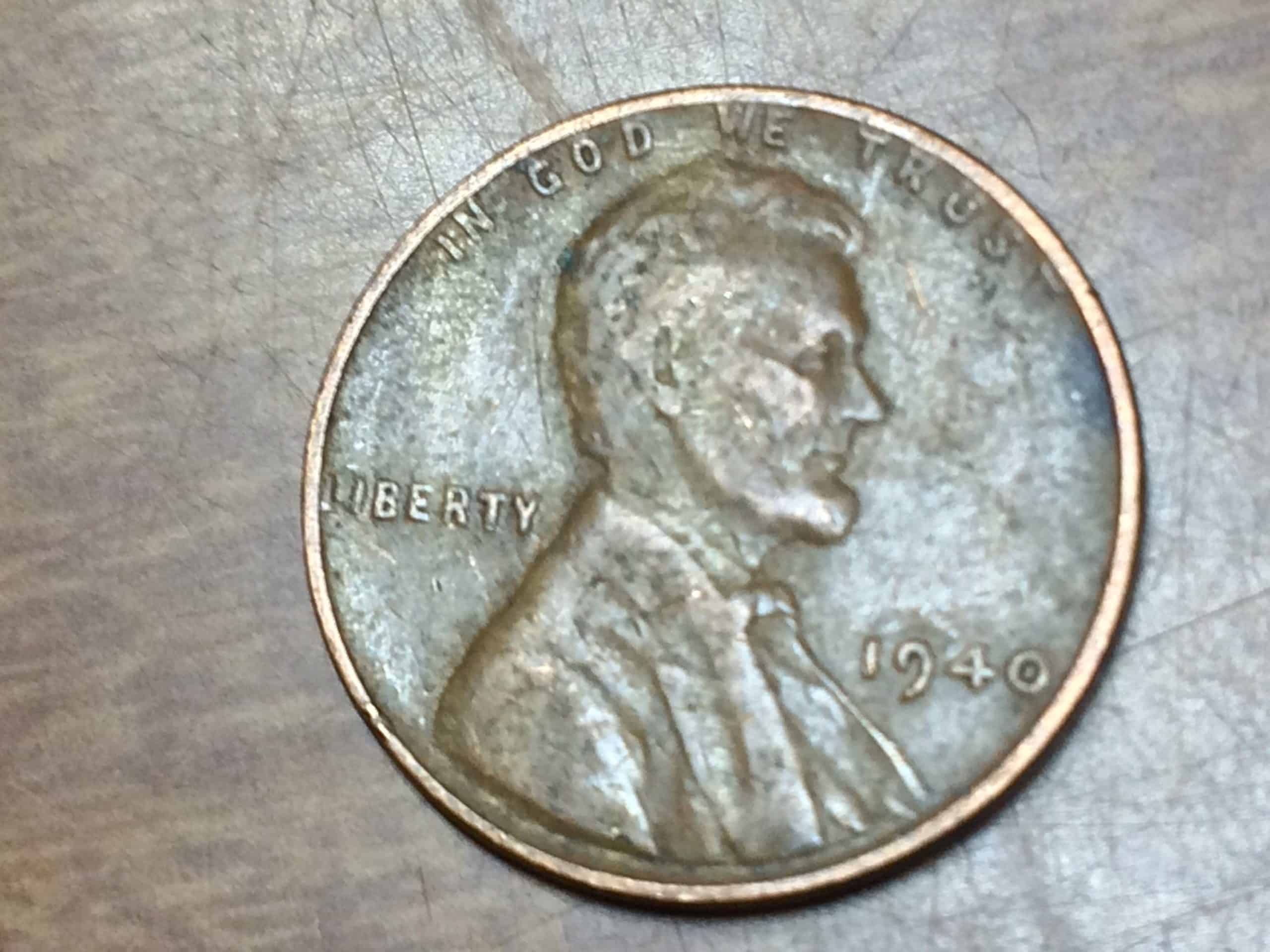
The value of a 1940 Wheat penny varies from coin to coin, depending on its condition. For instance, a 1940 Lincoln penny in good condition without a mint mark is worth about $0.15. If it’s in fine condition, its value increases to $0.60. If the same coin is uncirculated, then its value becomes $1. 1940 Wheat pennies that come in certified mint state (MS+) (meaning that a top-ranked coin grading company has confirmed their condition) could be worth about $4.
Table Showing the Value of a 1940 Lincoln Penny According to Condition
| Coin | Good | Fine | Extremely Fine | Uncirculated |
| 1940 Lincoln penny | $0.15 | $0.20 | $0.60 | $1 |
| 1940 Lincoln penny (S) | $0.15 | $0.20 | $1 | $1.75 |
| 1940 Lincoln penny (D) | $0.15 | $0.25 | $0.75 | $2 |
Denominational Value of the 1940 Penny
The face or denominational value of the 1940 Lincoln penny is $0.01.
Melt Value (Weight in Metal)
The coin contains 95% Copper, 5% Tin and Zinc. It weighs 3.11 grams and measures 19 mm.
How much is the 1940-Penny coin at the pawnshop?
It’s impossible to give an exact value of a 1940 penny at a pawn shop. These businesses consider the coin’s condition and rarity to determine its value or what interested customers should pay for it.
The standard value of a 1940 Penny
The standard value of a 1940 Penny is $0.15 – $1.
Factors that influence the 1940 Penny Value
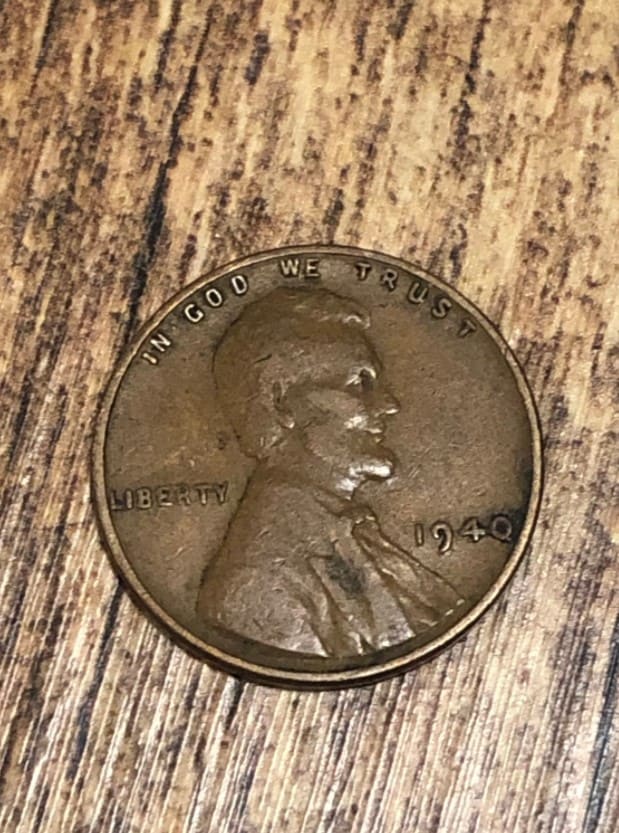
Sometimes, collectors and online stores that sell coins take time to determine the real value of their pennies. Some of the factors they put into account when doing so are as follows:
Rarity
If a 1940 Lincoln penny is rare, it is likely worth more than other common coins. For instance, 1940 proof pennies in uncirculated condition are not easy to find. That’s why they could be worth between $25 and $55 or more.
Grade
Grading is another element that influences the value of a 1940 Lincoln penny. Here’s the grading system used for this coin:
- Good: This coin has a lot of visible imperfections. It’s difficult to spot the lines on its wheat heads. Some of the letterings may also be invisible because it has been in circulation for a long time.
- Fine: A 1940 Lincoln penny in this category has been in circulation, but it has not suffered much damage. It may have some scratches, but you can see the lettering and images without struggling.
- Extremely Fine: If a 1940 penny is graded as extremely fine, most of its details are sharp. Although it might have one or two flaws, it’s incredibly appealing.
- Uncirculated: A 1940 Wheat penny with this grading has not been on the open market, meaning it’s unused. It looks almost as it did when it was minted in 1940. The only flaw it may have is slight discoloration due to age.
- PR 63 proof: Proof coins come with almost-mirror like surfaces. If you find a 1940 Wheat penny with this grading, its surface is shiny. It may have a few almost impossible-to-spot flaws but no major blemishes.
Typically, the value of a 1940 penny increases as its condition improves. This means that, for instance, a coin in extremely fine condition is worth more than one in good condition.
Misstruck/ Error Coin
The value of an error 1940 penny changes over time, depending on its current demand. If a misstruck coin is rare, it could be worth more than standard pennies.
How new or clean is the coin?
If a 1940 Lincoln penny is clean or new, it has only a few or no blemishes. It is physically appealing. Therefore, this coin’s worth is more than that of an old 1940 Wheat penny.
1940 Penny Value FAQ
Whose profile is on the 1940 Wheat penny?
Abraham Lincoln’s.
What happened during the year the 1940 penny was minted?
In 1940, Americans were financially recovering from the Great Depression. They embraced Captain America the same year, and President Franklin Delano Roosevelt was re-elected to office for his third term. By 1940, Europe was already participating in World War II.
Is the 1940 Wheat penny rare?
No. The 1940 penny is not scarce because millions of these coins were minted in 1940. Even so, some specimens of the same, such as proof coins with cameo frosting, are pretty hard to come by.
How much does a standard 1940 Wheat penny weigh?
A normal 1940 Lincoln penny weighs 3.11 grams.
Do all 1940 Wheat pennies bear mintmarks?
No. Only those minted at the Denver and San Francisco mints have mintmarks.
Conclusion: Is the 1940 Penny a Good Collection?
Now that you know the value of a 1940 Lincoln penny, you can make a more informed purchase decision if you’ve been scouring the market for this coin.
Any questions about the value of a 1940 Lincoln Wheat penny? We’ll be glad to answer!
